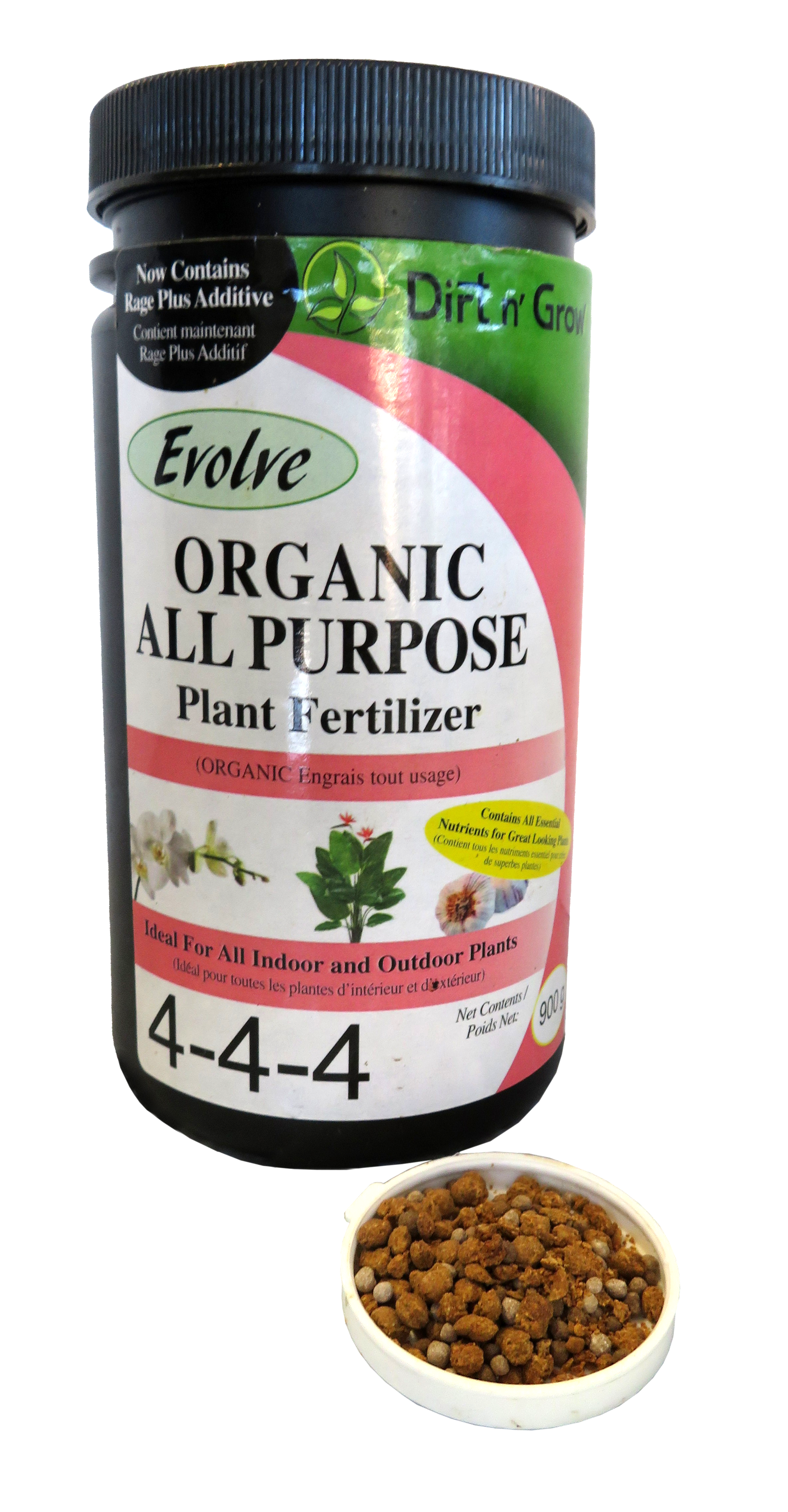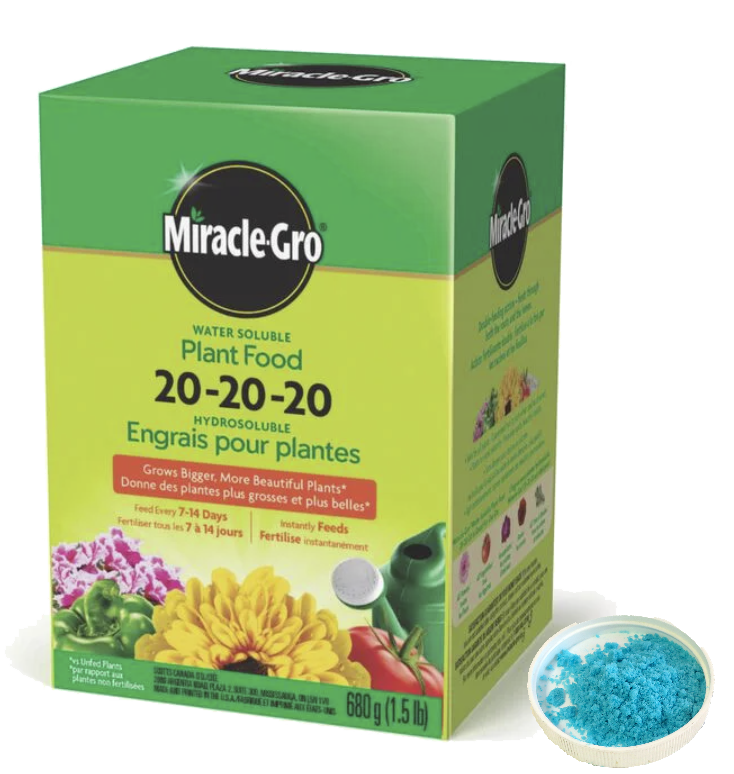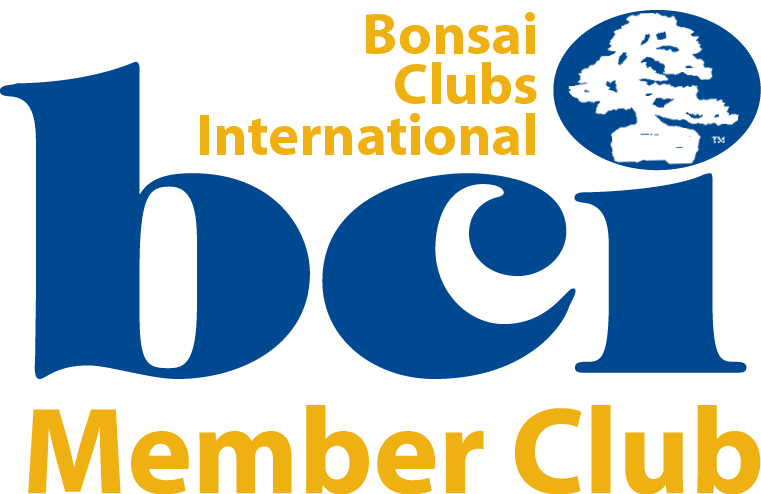Fertilizing Your Bonsai Trees
Trees produce their own bulk food – sugars and starches – through photosynthesis. Consider fertilizer as their vitamins and minerals. Trees typically have a good internal store of these nutrients, especially in the spring. They only require more nutrients when actively growing; if they are not, do not fertilize. There is rarely a rush to fertilize, and over-fertilizing can cause numerous issues. Never fertilize a tree showing signs of stress unless an experienced grower has confirmed a deficiency (which is seldom the issue).
Fertilizers provide both macro and micronutrients.
The primary macronutrients are nitrogen (N), phosphorus (P), and potassium (K). NPK are the numbers listed on all fertilizer formulas. Nitrogen aids foliage growth, while phosphorus and potassium benefit roots, flowers, and fruits.
Five micronutrients – vitamin B6, vitamin C, vitamin E, magnesium, and zinc – play roles in maintaining immune function. There are many more: boron (B), chloride (Cl), copper (Cu), iron (Fe), manganese (Mn), molybdenum (Mo), nickel (Ni), and zinc (Zn), to name a few. Micronutrients are sometimes included in NPK formulas.
Balanced mixes (nearly equal N-P-K) such as 12-12-12 or perhaps 12-8-10 are preferred for most broadleaf plants, but one with higher nitrogen may be best for conifers. Something with low nitrogen (N), higher phosphorus (P) and potassium (K) may be applied in early autumn, especially for conifers, to assist root and vascular system growth. In all cases, especially for non-organic soils, use fertilizer that also contains plenty of micronutrients, which will be listed on the package if they exist.
Organic Fertilizers
Organic fertilizers, in general, promote good soil health, including beneficial microorganisms, and trees may cope with stresses better. Chemical fertilizers may start working faster and may be easy to apply and control, but they can injure roots and trees if not applied correctly, especially when too strong.
Organic fertilizer cakes (e.g., Biogold™) are expensive but work well when applied directly to the soil or in 'teabags' on the soil. Solid pellet or granular types like Evolve™ All Purpose 4-4-4 can be mixed into the soil. Other good organic options include kelp or seaweed fertilizers, available as concentrated or premixed liquids, or as a powder to make a concentrate. These are all good options. Fish emulsion is great, but fish fertilizers can attract digging critters and may emit an unpleasant odour indoors, making them less popular.
Organic fertilizers or soil containing composted components like SeaSoil™ generally will have sufficient micronutrients available. Most conifers and others like azaleas and bougainvillea may benefit from a fertilizer marked "for acid-loving plants."
Chemical Fertilizers
Soluble powder chemical fertilizers (Miracle-Gro™) are often used for convenience, being mixed in water that is then applied to the soil. Slow-release granular forms can be mixed into the soil surface. There are also concentrated liquid chemical fertilizers, and some with droppers intended as a very weak daily dose, useful for short-term top-ups.
Seasonal Applications:
Spring and Summer:
Generally, apply weak fertilizer in early spring, more once trees start growing faster in late spring or early summer, and during fast growth periods in summer.
Late Summer and Autumn:
Cease fertilizing in late summer or early fall to avoid encouraging new growth that won't have time to harden off for winter unless using low-nitrogen mixes for autumn root strengthening, etc.
Indoor Bonsai
For tropical Bonsai grown under specialty grow lights in a humidity and temperature controlled environment, fertilize weekly/weakly. For tropical bonsai sited on window sills, start fertilizing with weak solutions starting in late February.
Advisories:
- Slow-release and organic types might be applied every 4–6 weeks; other chemical types every 10–14 days. Reapply earlier if heavy rains or frequent watering (dry hot weather) wash out the soil, and less often if growth slows during extended cool/wet or very hot/dry periods.
- Organic fertilizers tend to be released more slowly in these situations, another advantage of them.
- Reduce all these rates significantly for trees in refinement or maintenance status, to limit growth rates and leaf size — half strength, half as often or less; sometimes not at all.
- Organic fertilizer may take a couple of weeks to start breaking down into useful forms and will take 4–6 weeks to be consumed; so keep this in mind in terms of seasonal timing. Chemical fertilizers mentioned above may be somewhat faster to start acting.
- If using organic fertilizers, avoid adding any heavy chemical type, as it will set back the microbes that help break down the organic matter. Be very careful with any form of water-soluble or liquid fertilizers.
- Use weak mixes only (half recommended dose or less) as this goes directly to the roots in bonsai soil and can burn them.
- When plants are being managed to grow vigorously in oversized training containers, adding fertilizers to the growing media makes for less maintenance. These fertilizers are soil additives like worm castings, composted soil, and slow-release pellets.
- Do not use non-slow-release granules, which can dissolve quickly and injure roots.
- After planting bonsai in bonsai pots, consider methods of fertilizers that allow control from adding it regularly to none at all.








